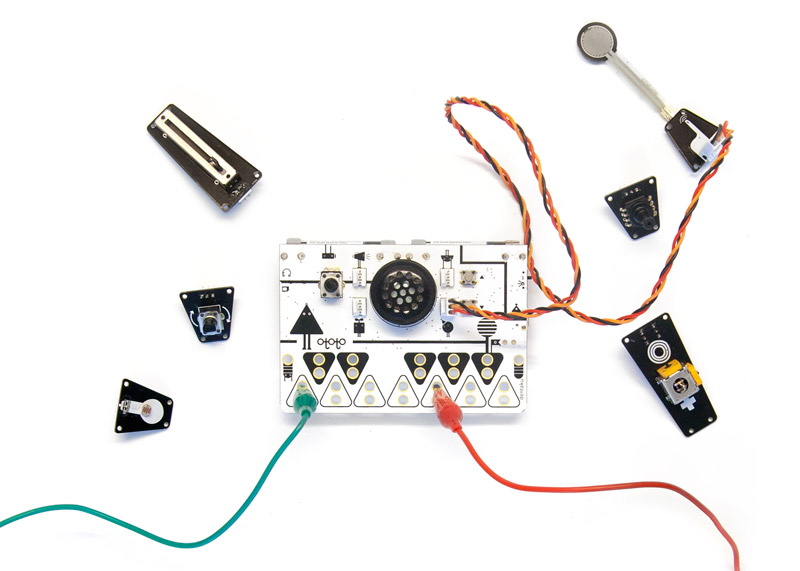This week’s reading is chapter 1 of Thoughtful Interaction Design: A Design Perspective on Information Technology (MIT Press) by Jonas Löwgren and Erik Stolterman. For part 1 of this week’s assignment, click here!
Löwgren and Stolterman have presented a convincing and comprehensive argument for the need to be a thoughtful and reflective designer. Although they are writing specifically about how users interact with digital artefacts, we can apply their key principles to other types of design.
Although they may not have articulated and categorised the process as Löwgren and Stolterman have done, I do believe all creators and designers have an intrinsic understanding of the design process and situation. When approaching a problem, good designers would ask themselves similar questions along the way; how will users interact with it? What skills do the target users possess? How will my design alter user behaviour? Nonetheless, having the design process, motivations and effects analysed and verbalised is helpful as it quantifies the importance of good design.
I enjoyed the idea of design as knowledge construction. Designers do not just create products, services or experiences, but instead creating new behaviour and perspectives, which we internalise, and then use to interact with other people and artefacts. Löwgren and Stolterman highlight the influence of design and its power in shaping our behaviour, our lives and our future. It brings to mind digital features such as emojis that may have seemed alien or niche in the past but are now ubiquitous and an integral part of our communication norms. These tiny yellow faces have managed to classify a large range of our human emotions, forever altering our mode of written communication 🙂 😮 😉 😀
“A designer’s most important task is to develop her judgement, by critically and independently formulating her own assumptions and beliefs.”
After some deliberation, Löwgren and Stolterman do not conclude what makes good design. More than technical skills and qualities (which can be developed with time and practice), they stress the need for highly developed judgement skills. I’ve understood this as developing a good eye for design and user interaction. How does one achieve this? By continuous, conscious perception and reflection.
To clarify, seeing is not the same as perceiving! Seeing allows us to obtain visual and formal information such as shape or colour without understanding the needs the product fulfils, and what it requires from us as users. Instead we must constantly look at products, artefacts and behaviour, and reflect why it is good or lacking. However, developing good taste alone would make us good critics, but not designers or artists. While training our eye, we must also hone our craft by practicing, producing and learning from our mistakes.
“The thoughtful designer dares to challenge her own thinking and assumptions as a way to develop her competence and design ability.”
Lastly, I appreciate this disclaimer at the end of the section. Especially in our present era, where knowledge and tools are rapidly developing and ever-changing, it is important to keep improving and not be stagnant. After developing critical design judgement, we must then be open to breaking these set beliefs if they become limiting.
3 thoughtfully designed interactive experiences

Before I Die by Candy Chang is a thoughtful interactive design experience. Chang repurposed an abandon building in her city of New Orleans, painted a wall with chalkboard paint and stencilled on the prompt ‘Before I die I want to _______.’ The premise is simple but effective in inspiring participation and community spirit. Although formed by many individual sentiments, the collaborative work comes together as a coherent image of a community. The interface is just enough for the intended outcome and the work also recognises the influence of good design on a social level.
Ototo by the the Japanese sound artist Yuri Suzuki is another instance of a thoughtfully designed interactive experience that potentially revolutionises our way of learning music.

It is a music kit that transforms day to day objects into instruments. Although it has limitations and is not a replacement for traditional music making, it has reimagined our interactions with everyday objects and our definition of musical instruments. It presents a possible future, and can be a complementary tool for music education (especially for people who are intimidated by music-making).

Lastly, another example would be William Forsythe’s ‘choreographic objects’ installation Nowhere and Everywhere at the Same Time, No.2 (2013). This series of interactive installations consist of hundreds of pendulums swinging simultaneously. The piece invites participants to manoeuvre around the swinging pendulums, inevitably making dance-like movements as they try to avoid them. The experience is physically engaging, fascinating and encourages a playful art experience in the typically solemn museum setting.



